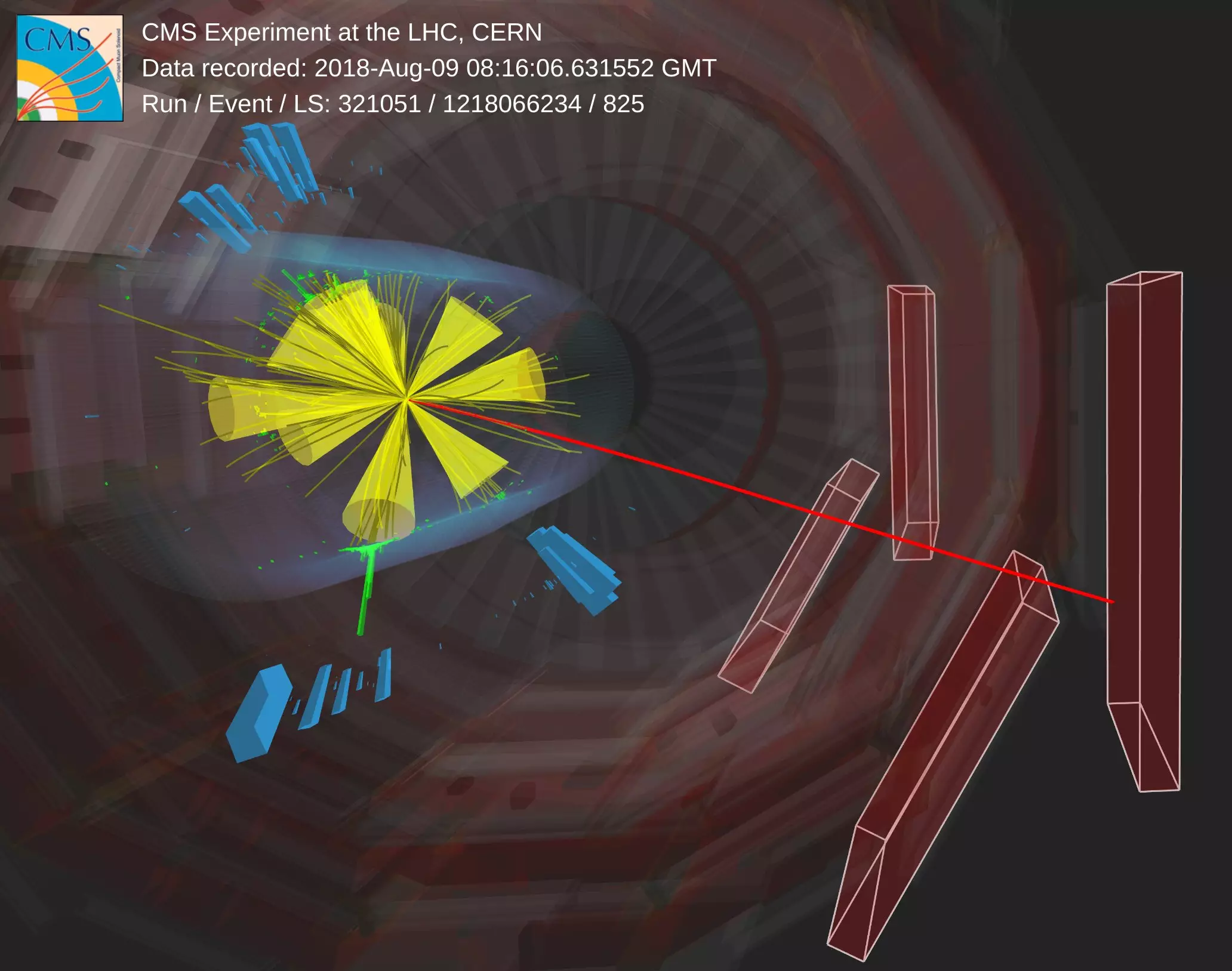Supersymmetry (SUSY) is a theory in particle physics that introduces the concept of superpartners for all known particles. One of the most prominent examples of this theory is the existence of the “stop” particle, which is the superpartner of the top quark in the Standard Model.
In 2021, the CMS collaboration conducted an analysis of collision data collected between 2016 and 2018. This analysis revealed features that suggested the presence of stop particles in the data set. To confirm these findings, the CMS collaboration decided to reanalyze the data using upgraded analysis techniques rather than waiting to collect more data.
One of the main challenges in analyzing this data set was distinguishing between the signal of stop particles and the background produced by the pair production of top quarks, a common Standard Model process at the LHC. Traditional methods of estimating background using the “ABCD method” were not applicable due to the correlation between variables in the stop search analysis.
To address the issue of correlated variables, CMS physicists implemented advanced machine learning techniques to identify two variables with minimal correlation. These variables were then used to divide the data set into four regions, allowing for a more accurate estimation of the background without relying on simulations with large uncertainties.
The novel analysis method led to a significant improvement in analysis sensitivity and allowed for the precise prediction of the dominant background in the data set. While the 2021 analysis hinted at the presence of stop particles, the latest analysis revealed that in certain SUSY scenarios, a stop particle decaying into top quarks and jets must have a mass exceeding 700 GeV.
With a more sensitive analysis method in place, physicists are now looking forward to analyzing data from the ongoing LHC Run 3 to delve deeper into the mysteries of supersymmetry. The advancements in analysis techniques have brought us closer to uncovering the secrets of nature and unraveling the complexities of particle physics.


Leave a Reply